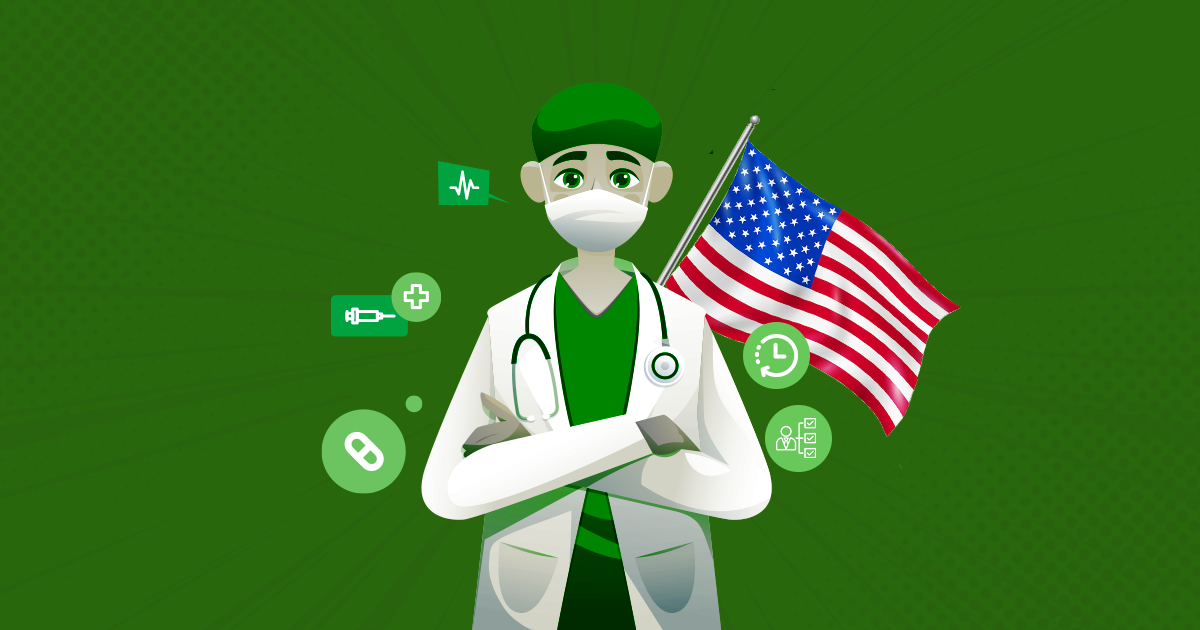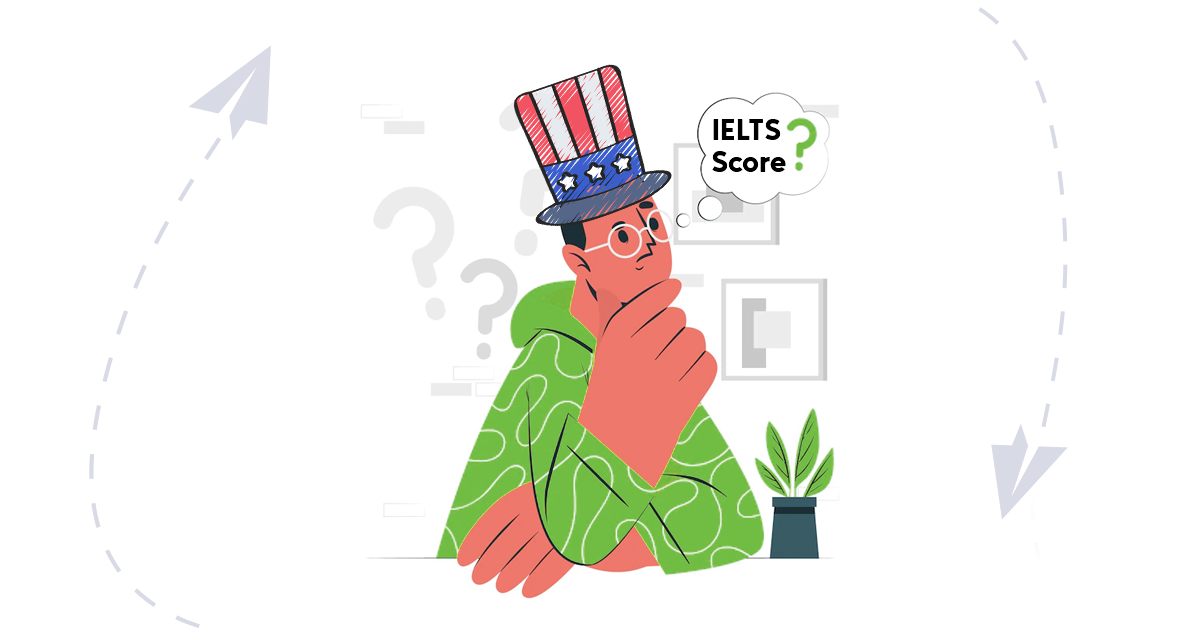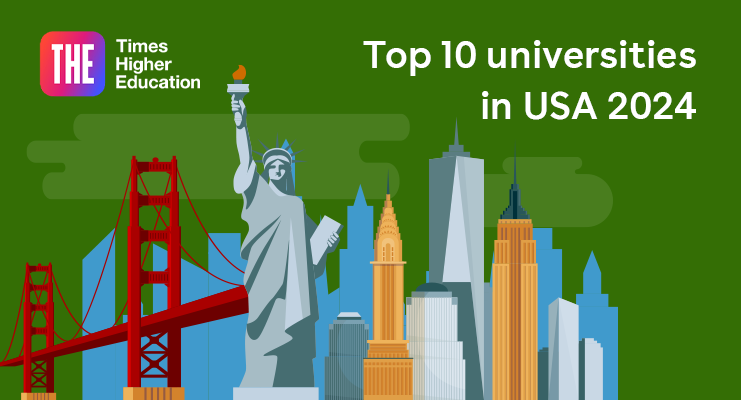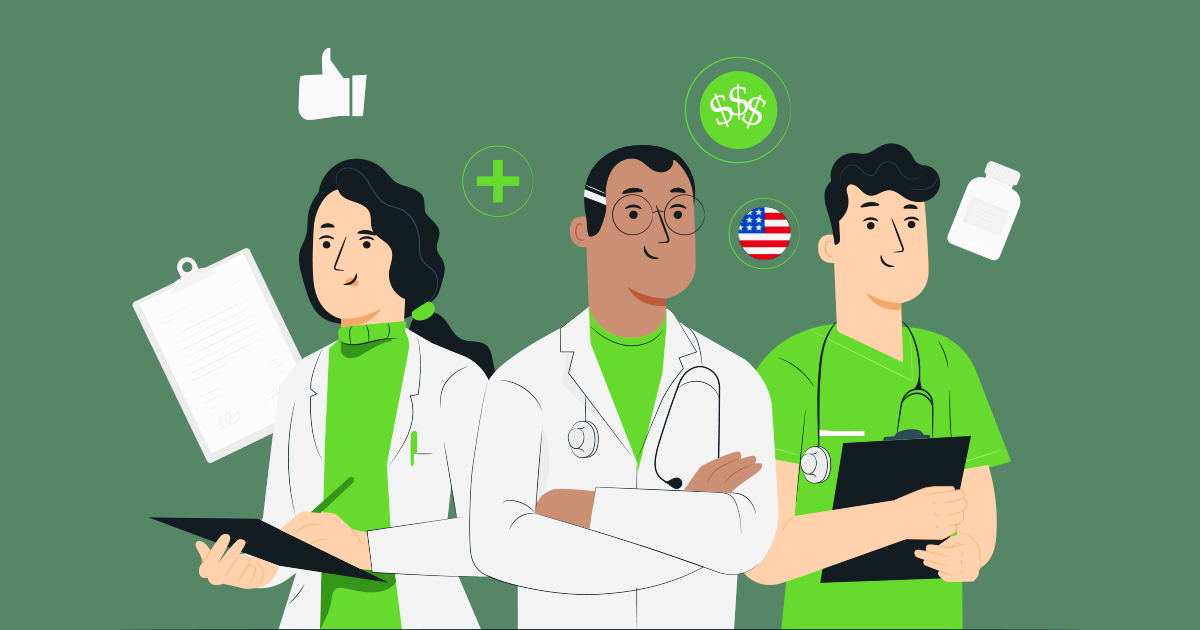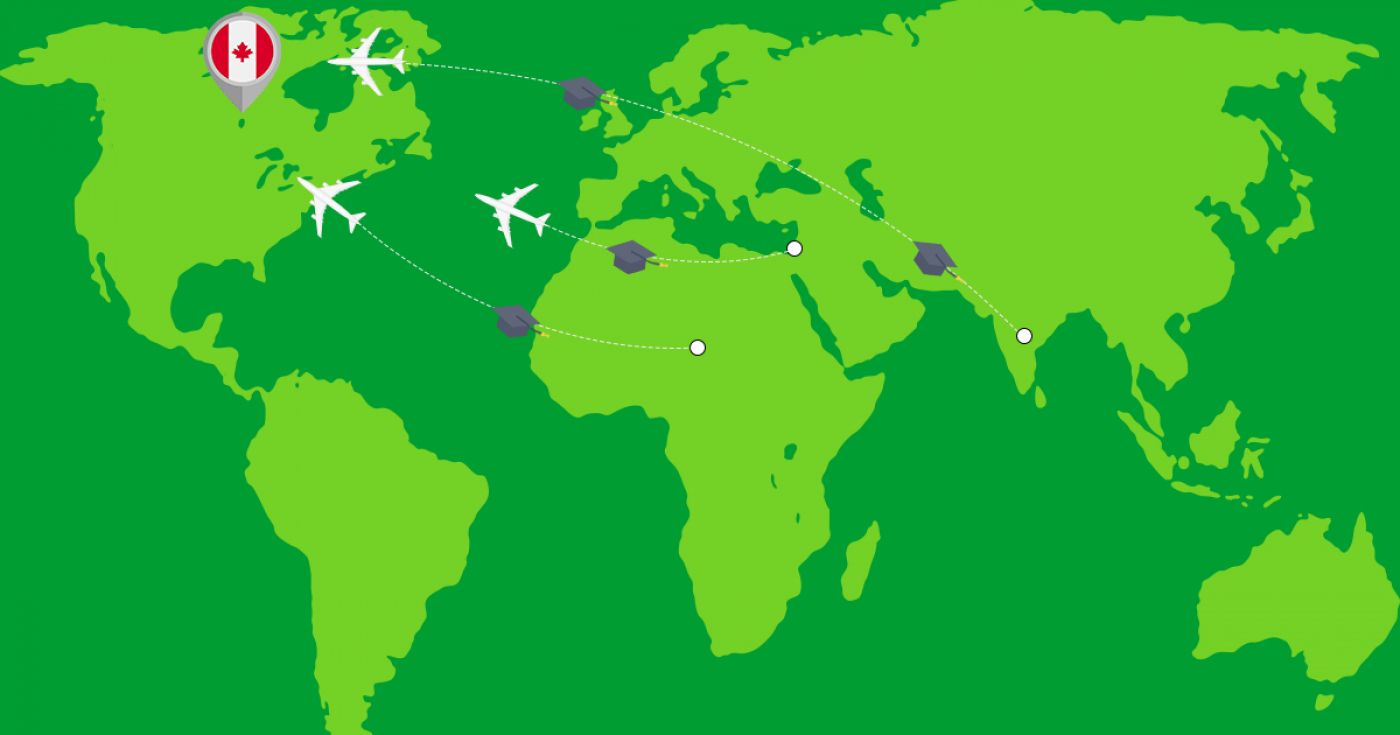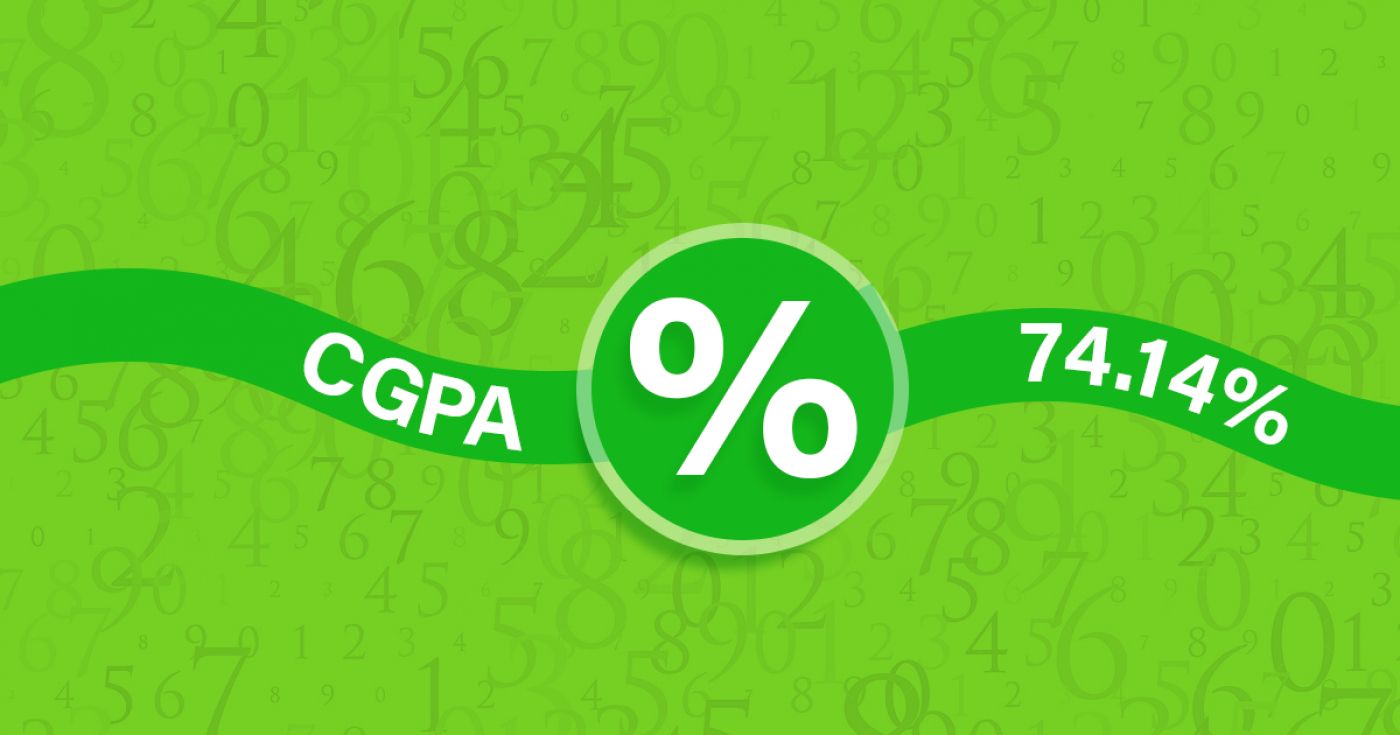Associate in Applied Science - Network Design and Administration
at MSM Group - Spokane Community College USA
Overview
The Network Design and Administration program prepares students as local- and wide-area network administrators. Successful completion of the program provides students with the essential skills of network administration including network design, implementation, maintenance, optimization, and troubleshooting, utilizing a variety of network operating systems, and hardware platforms and protocols. These include but are not limited to Microsoft, Cisco and Linux/UNIX. Upon completion, students have covered objectives leading toward professional certification. Effective oral and written communications are emphasized throughout the program.
Learning Outcomes
- Install and configure servers, workstations, routers, switches, network cabling and wireless devices.
- Show knowledge of network topologies, protocols and technologies.
- Analyze and troubleshoot a network and its peripherals.
- Perform administrative tasks on a network.
- Establish communications between similar and dissimilar networking systems.
- Monitor network performance.
- Show a strong working knowledge of network security policies and procedures.
- Develop research skills and techniques.
45
Application Processing Days
Under Graduate
Program Level
Fact & Figures
Full Time On Campus
Study Mode
24
Duration
MSM Group - Spokane Community College
Location
Associate in Applied Science - Network Design and Administration Assistant Fee
$21368
Tuition Fee
$0
Average Cost of Living
$100
Application Fee
Associate in Applied Science - Network Design and Administration Admissions Requirements
- Minimum Level of Education Required: To be accepted into this program, applicants must have Grade 12 / High School Diploma.

Get superfast admissions at top Associate in Applied Science - Network Design and Administration institutes in 2024
Benefits of choosing
➤Admission’s guaranteed at Top institutes across the world.
➤Enjoy exclusive application fee waiver’s with Edmissions.
➤Unlimited FREE Counselling sessions with Edmission’s
Experts
➤Get Tips from industry veterans to crack the IELTS exam in 1
week.
➤Assistance with scholarships, loans, forex, student accommodation and visa guidance.
Work Permit USA
Optional Practical Training or OPT is a period during which students, who have completed their degrees in the USA, are permitted to work for one year on a student visa by the United States Citizenship and Immigration Services (USCIS). OPT allows students to work for up to 3 years and develop real-world skills to survive in the competitive jobs market.
It is temporary employment for a period of 12-months that is directly related to the major area of study of an F-1 student. Eligible students have the option to apply for OPT employment authorization before completing their academic studies and/or after completing their academic studies.
A student can participate in three types of Optional Practical Training (OPT):
- Pre-Completion OPT: This is temporary employment provided to F-1 students before completion of their course of study.
- Post-Completion OPT: This is temporary employment available to F-1 students after completing their course of study.
- 24 Month STEM Extension: Students enrolled in STEM (Science, Technology, Engineering, and Mathematics) courses can a 24-month extension after their initial Post-Completion OPT authorization.
Detailed Program and Facts
45
Application Processing Days
Full Time On Campus
Program Intensity
Under Graduate
Program Level
24
Duration
Study Visa
Other Courses by MSM Group - Spokane Community College,USA
Computer Science & IT
Associate in Applied Science - Software Development
The software development program trains students in current web and desktop application development using diverse industry technologies. Software development is an evolving field of study requiring continuing education and the ability to adapt to constant change. Graduates from this program acquire problem solving skills, are encouraged to work independently and as a team, and be ethical in all interactions.
Learning Outcomes
- Learn programming concepts and techniques that enable students to be a lifetime learner as technology evolves.
- Understand and implement cost effective and efficient web sites.
- Understand how to properly create, store, and retrieve data from a normalized database.
- Solve problems while developing software or web sites.
- Communicate with clients while developing software or web sites.
- Demonstrate responsibility for meeting deadlines and addressing client needs.
- Understand how technology relates and impacts society.
- Design, develop, deploy and maintain software and web development projects specified by a client.
- Demonstrate professionalism and flexibility.
- Develop research skills and techniques.
24 month
Duration
$ 19845
Tuition
Health Sciences, Nursing and Emergency Services
Associate in Applied Science - Diagnostic Medical Sonography
Diagnostic Medical Sonography is an allied Health Profession where non-physician professionals perform a diagnostic procedure using high frequency sound waves (ultrasound) to produce dynamic visual images of organs, tissues, or blood flow inside the body. Sonography is used to examine many parts of the body: abdomen, breasts, OB/GYN, thyroid, scrotum, and blood vessels. It is also used to guide needles for tissue biopsy or drain an abnormal fluid collection from a body cavity. Sonography is a radiation-free imaging modality and procedures are performed at the request of a physician.
A diagnostic medical sonographer is a highly-skilled professional who uses specialized equipment to create images of structures inside the human body that are used by physicians to make a medical diagnosis. Prior to starting a procedure, the sonographer must obtain an appropriate history, assess physical findings and review pertinent laboratory data. This information is used to tailor the procedure to ensure comprehensive and diagnostic images are acquired.
Learning Outcomes
- Communicate effectively and in a professional manner with physicians, patients and other members of the healthcare team.
- Competently perform sonographic examinations of the abdomen, superficial structures and obstetrics & gynecology disciplines on patients, while tailoring the examinations to enhance the presence of abnormalities.
- Comprehend a clinical understanding of the anatomy, physiology, pathology, diagnosis and treatment of the major adult and fetal diseases and deformities.
- Establish the ability to quantify, subjectively evaluate and interpret the data collected to assist the physician in arriving at a diagnosis.
- Strive to meet the health care needs of the community.
24 month
Duration
$ 22503
Tuition
Business & Management
Associate in Applied Science - Accounting Assistant
As a paraprofessional in the accounting field, the accounting assistant analyzes and interprets the essential information about the operations of a business and contributes vitally to important policies and decisions.
An accounting assistant should have an above-average aptitude for working with numbers and the ability to concentrate and communicate. Accounting affords a continuing challenge to creative, alert minds.
In addition to earning and AAS at the completion of the six-quarter program, students will earn an Accounting Clerk Certificate after completing the first three-quarters of the AAS degree, and an Accounting Assistant AAS after completing the full six quarters of the program. All students graduating from this program must have a minimum grade of 2.0 in each of the accounting, business, economics, and management courses. Students must also have a 2.0 cumulative minimum grade point average in all required courses in this program.
This degree is non-transferable to a four-year university. Students working toward the associate in arts degree for transfer to a four-year institution should consult individually with an advisor or counselor for planning the Business DTA or AA degree program. For information on Business DTA and AA degree requirements, refer to the Degree and Certificate Requirements section of the CCS catalog. More information on specific transfer programs can be found in the Academic Programs section of the CCS catalog.
Learning Outcomes
- Analyze financial data and prepare statistical comparisons for use in the budgeting process.
- Assist in determination of inventory order quantities, cash requirements, capital investment decisions, and break-even analysis.
- Use various types of office machines.
- Post and/or supervise the posting of accounts receivable and payable.
- Help maintain data processing applications of routine accounting systems.
- Have a basic comprehension of business operations, a knowledge of business vocabulary, and an understanding of economic systems.
- Prepare monthly, quarterly or annual business and payroll tax reports.
- Process payroll related transactions.
24 month
Duration
$ 20788
Tuition
Engineering & Technology
Associate in Applied Science - Avionics (STEM)
From smart phones to autonomous cars, electronic technology is an integral and constantly changing part of our world. An Electronics Engineering Technician degree provides the foundation necessary to pursue a career in this exciting field.
This lab intensive program provides practical, hands-on experience with a variety of equipment used in the industry. Classes are designed to develop the skills necessary to help engineers develop new electronic products and to evaluate, test, troubleshoot, and repair existing products. Graduates find employment with a wide variety of companies including electronic equipment manufacturers, medical equipment manufacturers, service companies, and hospitals.
To qualify for an associate in applied science degree, students must successfully complete seven quarters of study. The first five quarters are common to all the electronics programs. Students then choose to specialize in Avionics, Applications, or Mechatronics.
Learning Outcomes
- State the characteristics of electronic components and circuits.
- Calculate circuit parameters.
- Demonstrate proper safety procedures.
- Construct electronic parameters.
- Use electronic test equipment to evaluate and troubleshoot electronic circuits.
- Explain career related regulatory requirements.
24 month
Duration
$ 23835
Tuition
Architecture and Construction
Associate in Applied Science - Architectural Technology
The Architectural Technology program prepares students to become CAD drafters for the building design industry. Students focus on gaining proficiency with Computer Aided Drafting (CAD), 3–D modeling and Building Information Modeling (BIM) applications utilizing principles of design, the design process, building codes and building materials as they relate to building projects. This program prepares the drafter to translate ideas, rough sketches, specifications, calculations and existing drawings into drawings used within each phase of the design and construction process.
The first year consists of developing residential building design drawings and documents used by architects and building design engineers. Students use the most commonly used software utilized in the building design industry to gain proficiency in 2–D and 3–D Computer Aided Drafting (CAD). In addition, the first year consists of manual drafting, orthographic projections, freehand sketching, presentation graphics (isometric and perspective pictorial drawing), light construction principles (materials and methods), use of drafting expressions, international residential codes and sustainability issues. Emphasis is placed on architectural construction documents, which include site plans, floor plans, roof plans, footing and foundation plans, framing plans, exterior elevations, building and wall sections, window and door schedules, stair design, interior elevations, details and plumbing, HVAC, electrical and lighting plans. Graphic representation using computer software is used in the production of documents of the common phrases of architectural design including programming, schematic design, design development and construction documents. Utilization of the above is finalized in the development of residential working drawings.
The second year consists of developing architectural working drawings using Computer Aided Drafting (CAD) and Building Information Modeling (BIM) related to commercial building design. Class projects will be developed from a preliminary design utilizing drafting techniques, standards and practices of the profession, including office procedure knowledge, use of building materials; structural framing systems as used in the building industry and study of the International Building Code.
Learning Outcomes
- Understand fundamental architectural drafting concepts and methods.
- Describe and identify residential construction materials and methods of assembly.
- Demonstrate competencies in the development and output of residential construction documents.
- Investigate relevant components of the International Residential Code and apply.
- Distinguish the sequential steps of the design process and project delivery methods.
- Demonstrate competencies in the development and output of commercial construction documents.
- Recognize and classify commercial construction materials, structural systems and methods of assembly.
- Explore sustainable design systems and methods and determine possible integrations with architectural design concepts.
24 month
Duration
$ 19753
Tuition
Architecture and Construction
Associate in Applied Science - Landscape Management
The Landscape Management program provides a study of ornamental plant materials and turf and how they relate to landscape design, construction, installation, maintenance, bidding & estimating, irrigation and arboriculture. The curriculum is built around landscape certified competencies. This program is accredited by the National Association of Landscape Professionals (NALP). At the successful completion of the second year, passing all required coursework, the student will receive the associate in applied sciences degree.
The following is a typical student schedule. Individual student schedules may differ slightly depending on course availability. Courses may only be offered in the quarter indicated. Outlined curriculum assumes students begin the program fall quarter and continue winter and spring quarters, with summer quarter off. It is recommended that students work closely with the program advisor when planning classes.
Learning Outcomes
- Apply planting and maintenance practices to lawns, trees and shrubs during the course of a year.
- Apply concepts of landscape design, construction, and installation of residential and small commercial projects.
- Understand and apply the concepts of residential irrigation.
- Diagnose causes of plant problems (i.e. insect, disease, and abiotic problems) and suggest appropriate remedies.
- Understand and apply the principles of weed science to landscape weed management.
- Understand and apply the principles of business management and human relations to agribusiness management.
24 month
Duration
$ 19627
Tuition
Health Sciences, Nursing and Emergency Services
Associate in Applied Science - Vascular Technology
Vascular Technology is an Allied Health profession in which practitioners perform diagnostic and monitoring procedures using sound waves. The vascular sonographer performs examinations at the request or direction of a physician. Through subjective sampling and/or recording, the vascular sonographer proceeds with the examination to create an easily definable foundation of data from which a correct anatomic and physiologic diagnosis may be established for each patient.
The various types of ultrasound imaging equipment require a highly skilled sonographer to obtain the imaging information or other data required. The vascular sonographer must obtain appropriate history, physical findings, and pertinent laboratory data to adapt the imaging techniques to obtain comprehensive and diagnostic information.
Learning Outcomes
- Perform high quality vascular tests on patients, while tailoring the examinations to bring out abnormalities present.
- Develop skill in performing indirect and direct vascular imaging and Doppler assessment in all areas of the body.
- Quantitate, subjectively evaluate, and interpret data collected to assist the physician in arriving at a diagnosis.
- Develop clinical understanding of the anatomy, physiology, pathology, diagnosis, and treatment of the major vascular diseases and disorders.
- Communicate effectively in a professional manner with physicians, patients, and members of the healthcare team.
24 month
Duration
$ 23136
Tuition
Agriculture, Forestry & Animal Sciences
Associate in Applied Science - Greenhouse-Nursery
The Greenhouse and Nursery Management program provides students with knowledge and practice in plant production. Graduates of the program are experienced in topics including plant propagation, pest and disease management, greenhouse management, floral design, plant identification, and business management. At the successful completion of the second year, passing all required coursework, the student will receive the associate in applied sciences degree.
The following is a typical student schedule. Individual student schedules may differ slightly depending on course availability. Courses may only be offered in the quarter indicated. Outlined curriculum assumes students begin the program fall quarter and continue winter and spring quarters, with summer quarter off. It is recommended that students work closely with the program advisor when planning classes.
Learning Outcomes
- Apply the concepts of floral design and management to a commercial florist business.
- Apply growing and maintenance practices to greenhouse and container grown stock during the course of the year.
- Identify and be able to care for the major indoor plants used in interiorscaping.
- Understand and apply the principles of business management and human relations to agribusiness management.
24 month
Duration
$ 19689
Tuition
Engineering & Technology
Associate in Applied Science - Electrical Maintenance and Automation
Electrical maintenance and automation technicians are responsible for the maintenance, testing, repair, and/or replacement of the electrical systems and controls found in modern industrial plants and large commercial buildings.
As the electrical systems become more sophisticated, so must the skills of the electrical maintenance and automation technician. By mixing the theoretical with practical hands-on lab experiences using modern up-to-date industrial equipment and techniques, the student will be prepared for a challenging career in electrical maintenance.
Students are offered several options within the Electrical Maintenance and Automation program. They may choose to complete an AAS degree with specialized training in one of the following areas: Electrical Maintenance and Automation or Power Systems Maintenance. Electrical Trainee or Electrical Sales option certificates also are offered.
Students must maintain a 2.0 GPA in each course of the major discipline before advancing to the subsequent quarter. Students not meeting this minimum are required to repeat the deficient course before progressing.
Learning Outcomes
- Electrical Maintenance and Automation
- Understand the inherent dangers of and be able to work safely around electricity.
- Be familiar with electrical theory, electrical terms, and electrical circuits (AC & DC).
- Be able to identify common electrical materials, parts, and components.
- Understand the theory, operation and maintenance of AC & DC generators and motors.
- Know basic electronic theory and components and be able to wire, program, and maintain solid state motor controls (Variable Frequency Drives).
- Be able to design, sire and troubleshoot conventional motor control circuits.
- Understand the components and be able to design, program, wire, troubleshoot, and maintain Programmable Logic Controllers.
- Demonstrate proper transformer connections and understand the operation of industrial lighting.
- Able to perform electrical conduit bending using trigonometric calculations.
- Understand and apply the fundamentals of the National Electric Code.
24 month
Duration
$ 24524
Tuition
Environmental Studies & Earth Sciences
Associate in Applied Science - Water Science
The Water Science program is designed to prepare students for employment in water resources, including water and wastewater operations, hydrology, and water quality for local, state and federal agencies, and private industry.
Learning Outcomes
- Install, operate and maintain instruments used in stream gaging and discharge measurement.
- Collect samples, complete field surveys, analyze, and report water quality parameters in the field and laboratory using standard chemical, biological, physical, and field survey techniques commonly utilized in water resource studies.
- Collect, recognize and identify aquatic organisms from invertebrate insects to fish species, relating what is found to the habitat and aquatic ecosystem conditions.
- Install, operate, and maintain instruments used in collecting hydro-meteorological measurements.
- Set up monitoring plans and schedules to collect, measure, analyze and report ground water levels and water quality parameters.
- Be familiar with restoration practices used to improve fish habitat and water quality, including techniques to stabilize slopes, recover degraded lakes and stream courses.
- Utilize, interpret and analyze maps and aerial photographs in the characterization and management of water resources, including through the use of geographic information systems (GIS).
- Operate a hand compass, level, global positioning systems (GPS) and electronic instruments in determining slopes, running traverses, locating ownership boundaries, and determining locations.
- Work safely in a variety of adverse conditions and environments, including obtaining 40-hour Hazardous Waste Operations and Emergency Response (HAZWOPER) certification according to the requirements of 29 CFR 1910.120.
- Have knowledge and understanding of Federal and State laws that pertain to water and the aquatic environment including a good working knowledge of water rights laws.
- Use the computer as a tool for solving water resources problems.
- Record, report, analyze and store data gathered according to established protocol.
- Write technical reports and give presentations.
- Demonstrate human relationship skills and professional behavior needed for successful job performance.
24 month
Duration
$ 19372
Tuition
View All Courses by MSM Group - Spokane Community College, USA
Top Study Abroad Exams
Popular Universities to Study Abroad
- University of Waterloo
Waterloo
- University Canada West
Vancouver
- University of Windsor
Windsor
- Cape Breton University
Sydney
- Dalhusie University
Halifax
- Carleton University
Ottawa
- University of Ottawa
Ottawa
- University of Guelph
Guelph
- Explore more colleges in Canada
- University of New Haven
West Haven
- Kent State University
Kent
- Wright State University
Dayon
- San Jose State University
West Haven
- Clark University
Worcester
- Rowan University
Glassboro
- Golden Gate University
San Francisco
- Arkansas
San Francisco
- Explore more colleges in USA
- Coventry University
Coventry
- University of Birminghame
Birminghame
- De Montfort University
Leicester
- Cardiff University
Cardiff
- BPP University
London
- University of West London
London
- University of Nottingham
Nottingham
- University of Warwick
Coventry
- Explore more colleges in UK
- Auckland Institute Of Studies
Auckland
- Massey University - Auckland Campus
Albany
- Eastern Institute of Technology - Auckland Campus
Auckland
- NorthTec - Auckland Campus
Auckland
- Massey University - Manawatu Campus
Palmerston North
- University of West London
London
- Wellington Institute of Technology (WelTec) - Petone Campus
Lower Hutt
- Otago Polytechnic - Dunedin Campus
Dunedin
- Explore more colleges in New Zealand
- Chandigarh University
Mohali
- Parul University
Vadodara
- Sharda University
Greater Noida
- Jain University
Bangalore
- Bennett University
Greater Noida
- Lovely Professional University
Phagwara
- Chitkara University
Rajpura
- Brainware University
Kolkata
- Explore more colleges in India
- Abu Dhabi University
Abu Dhabi
- Gulf Medical University
Ajman
- New York University
Abu Dhabi
- Emirates Aviation University
Dubai
- Higher Colleges of Technology
Dubai
- British University in Dubai
Dubai
- Al Ghurair University
Dubai
- American University in the Emirates
Dubai
- Rochester Institute Of Technology Dubai
Dubai
- Emirates Academy of Hospitality Management
Dubai
- American University of Ras Al Khaimah
Ras Al Khaimah
- Explore more colleges in UAE
- Ras Al Khaimah Medical and Health Sciences University
Ras Al Khaimah
Explore Colleges and Courses in USA
- Arts & Humanities in usa
- Business & Management in usa
- Natural Sciences & Mathematics in usa
- Engineering & Technology in usa
- Computer Science & IT in usa
- Health Sciences, Nursing and Emergency Services in usa
- Social Sciences in usa
- Creative Arts & Design in usa
- Hospitality, Tourism, Wellness Leisure & Sports in usa
- Environmental Studies & Earth Sciences in usa
Latest Blog Posts
Trending Blog Posts
Search, Shortlist, Apply and get accepted! It’s that Simple to pursue your dream to Study abroad with Edmissions. Our team of experts provide you the right guidance that helps you to take admission in your dream college in countries like Canada, the USA, the UK
© 2021-2024 Edmissions - All rights reserved.
TALK TO OUR EXPERTS
